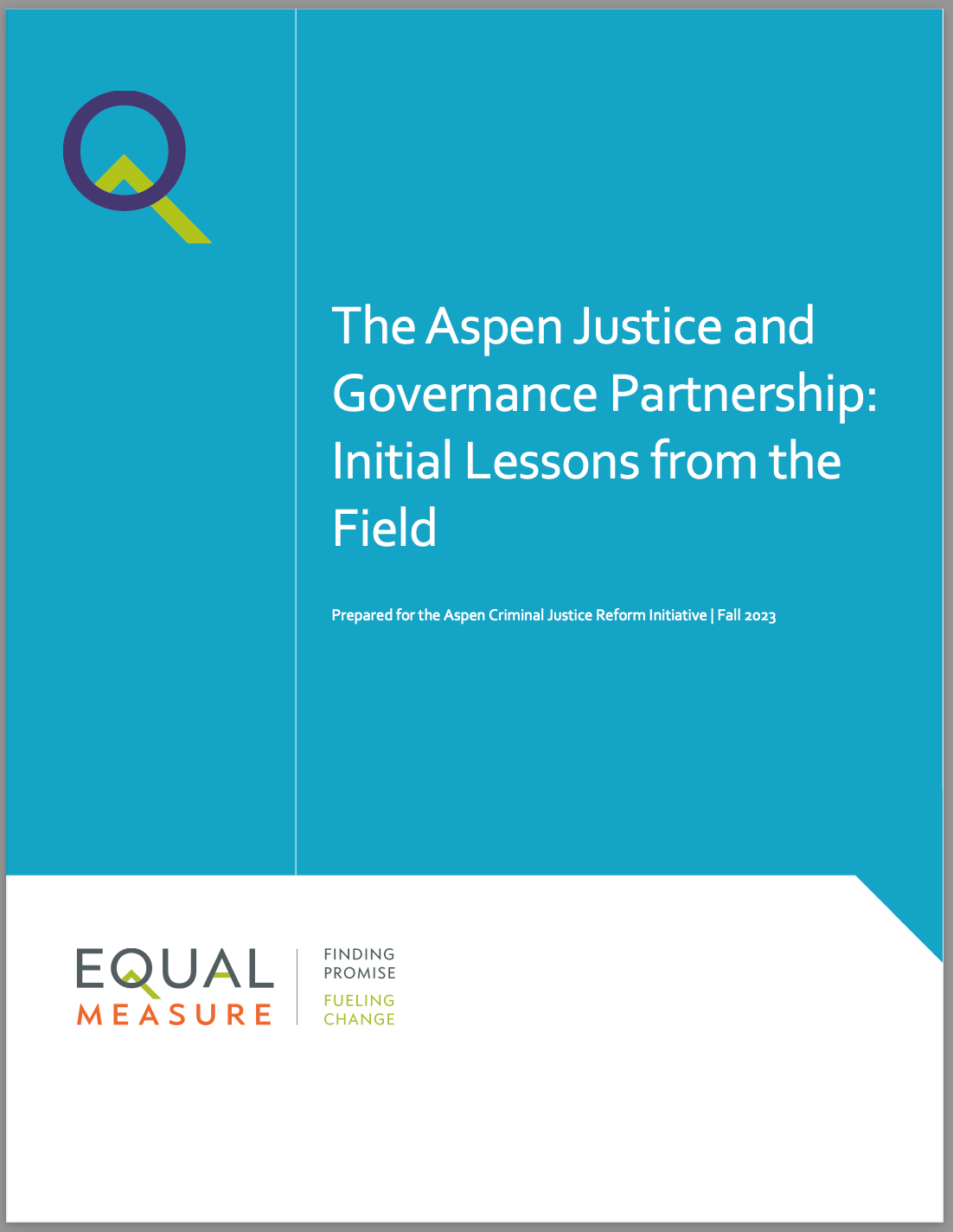
(Photo Credit: istockphoto)
Marcus Bullock is an incarceration-reform advocate who launched a painting company after his 2004 release from prison. As well, he is the founder and CEO of an app, Flikshop, that enables the imprisoned to receive email. Asked what proposition ought to be subject to more debate, he focused on the fate of criminals.
He wrote:
In 1996, when I was arrested for a carjacking that was committed the night before, I never knew the difference between violent and non-violent crimes.
I mean, using obvious context clues, even my then 15-year-old brain could figure out the probable definitions. But on a surface level, most of the guys that I hung around in the neighborhoods where I grew up could probably testify to the same thing: if you commit a crime and get caught, you’re going to jail. Period. No classification. No levels. There was murder, and then there was everything else. It never dawned on any of us during the nights that drug deals, riding in stolen cars, or being in a car with someone during a robbery were separate in the eyes of sentencing guidelines.
Yup, there was a difference.
Non-violent Offenders versus Violent Offenders. The judges knew it when they sentenced me. The jail knew it when they assessed me and placed me in a separate wing of the facility. The prisons knew it when they transferred me to maximum security facilities. My probation officer even knew it when she was instructed to supervise me intensively for 10 years after my release. Even as I read about Obama’s pardons this year, the headlines were sure to overstate that the pardons were only for non-violent offenders. As someone who was committed as a violent offender, I have to ask myself the question: Would my judge, prison psychologists, or probation officer have treated me differently had the police arrested me for the marijuana that we were consuming a few hours before the carjacking?
Same Marcus. Same night.
Maybe I’m wrong.
Maybe the ramped up rehabilitation discussion should only be limited to non-violent guys. Maybe the longer sentences and throw-away-the-key rule still applies.But then I read the stats surrounding recidivism rates.
And I learn that 95% of these guys are coming home one day.
Are we forgetting about a large population of returning citizens when we only address the needs of non-violent offenders? Does the classification of non-violent vs. violent offenders effect reentry? The verdict is still out; but if I were to describe a fear of mine within CJ Reform conversations, it would be that of forgetting about inclusion of those like me whom were sentenced to punishment and not rehabilitation.
My colleague Ta-Nehisi Coates touched on related themes in his October article on mass incarceration.
Bullock spoke at the Aspen Ideas Festival, co-hosted by the Aspen Institute and The Atlantic. Email conor@theatlantic.com to comment on his perspective.
This article originally appeared at The Atlantic.


